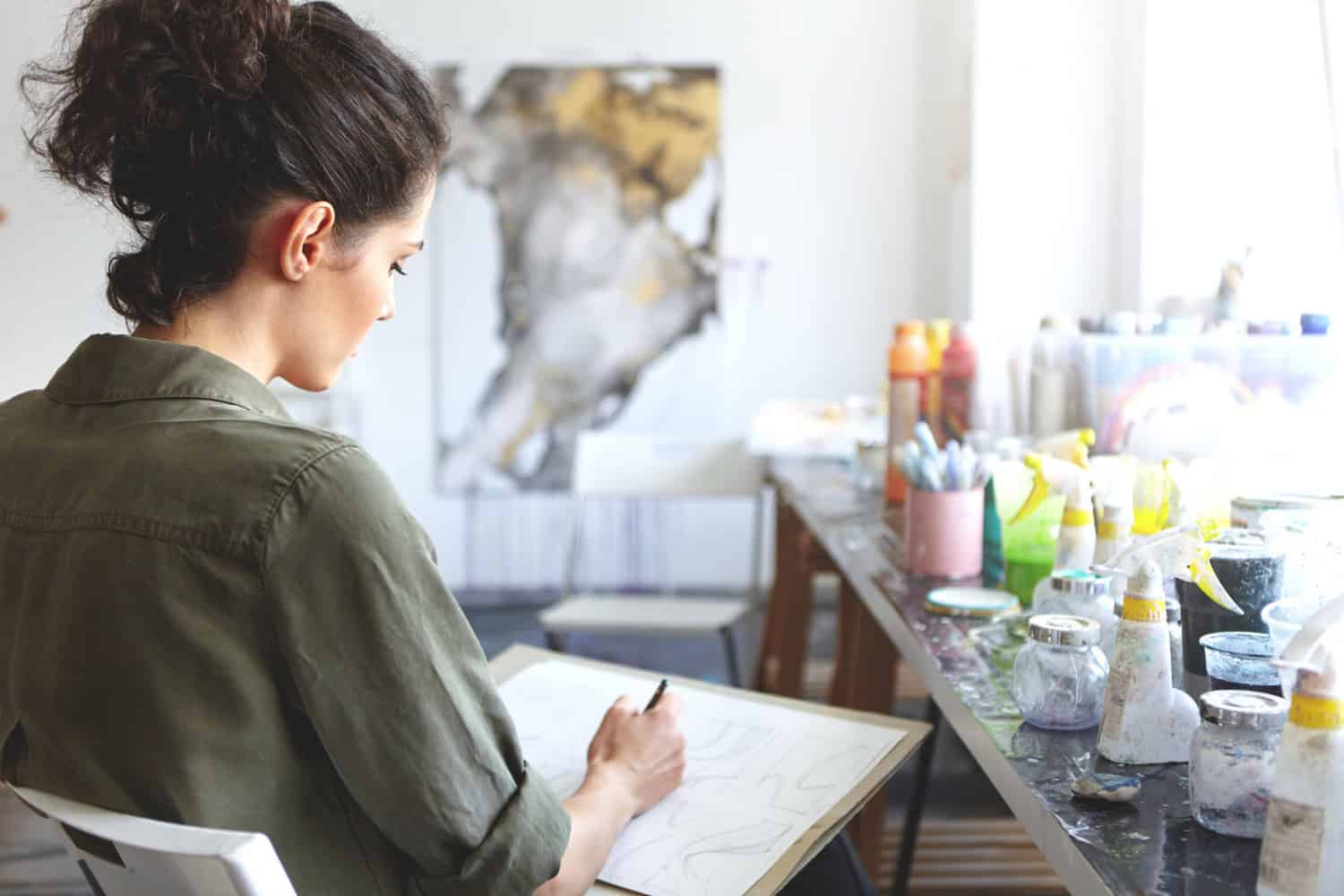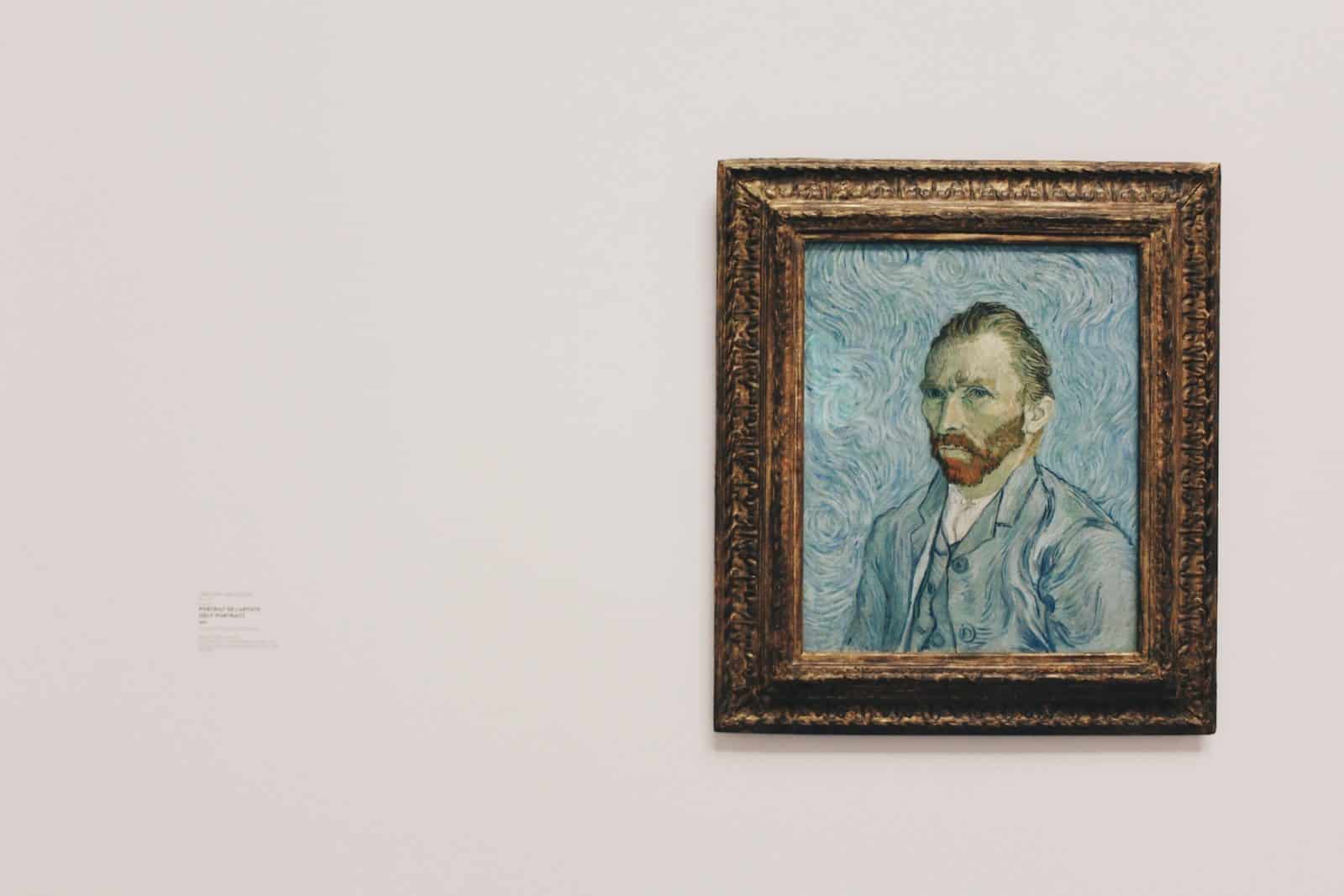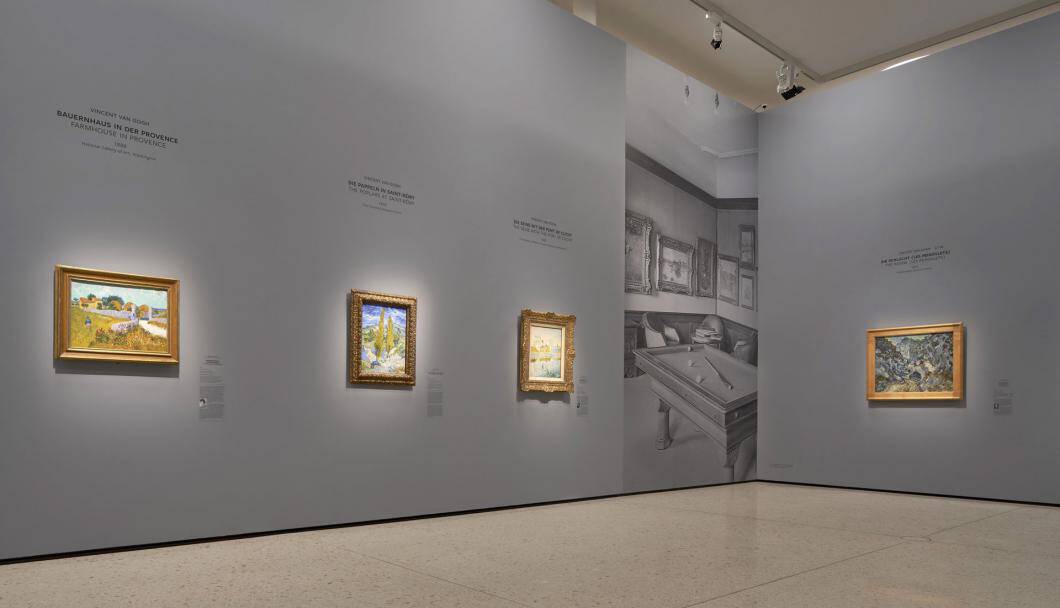
In the realm of both professional painting and DIY creative projects, paint brushes serve as an indispensable tool. Their utility, however, extends far beyond the strokes they render on a canvas or wall. The longevity and performance of these brushes heavily depend on how they are stored and cared for. This comprehensive guide dives into the essential methods for storing and preserving your paint brushes, providing you with valuable insights on how to maintain their quality over time and secure optimal performance in all your painting endeavors.
To help you fully grasp the importance of proper paint brush storage, this guide also walks you through the different parts that make up a paint brush. This understanding allows you to better comprehend why certain storage techniques can benefit or potentially harm your brushes. From the anatomy of a paint brush to storing them between coats, without cleaning, or when not in use, we’ll cover the details of preserving your tools for the perfect stroke. So, let’s delve into the intricate world of paint brush storage and learn how to safeguard our artistic companions for an extended lifespan.
Understanding the Parts of a Paint Brush
To properly care for and store paint brushes, it is essential to have a good understanding of the different parts that make up a paint brush. By familiarizing yourself with these components, you can better appreciate why certain storage methods can potentially harm your brushes. Let’s take a closer look at each part:
- Handle: The handle of a paint brush is typically made of wood or plastic and serves as the area where you grip the brush. It provides stability and control while you’re paintin;
- Ferrule: The ferrule is the metal part of the paint brush that attaches the bristles to the handle. It is usually made of aluminum, nickel, or brass. The ferrule holds the bristles securely in place, ensuring that they remain intact and don’t fall out during use;
- Crimp: The crimp refers to the part of the ferrule that is pinched or crimped to hold it firmly onto the handle. This tightens the connection between the ferrule and the handle, providing added stability to the brush;
- Heel: The heel is the part of the bristles that sits directly inside the ferrule. It is the area where the bristles meet the ferrule and is crucial for maintaining the brush’s shape and integrity;
- Toe: The toe of the brush refers to the tips of the bristles. These are the fine, delicate ends that come into contact with the painting surface. The quality and condition of the toe greatly affect the precision and control you have while painting;
- Belly: The belly is the middle part of the bristles, which is responsible for holding the majority of the paint. It is the thickest and most voluminous part of the brush, allowing it to carry and distribute paint smoothly and evenly.
By understanding the different parts of a paint brush, you can realize why proper storage is essential. For instance, storing brushes upright or in a brush holder can help protect the toe and prevent the bristles from bending or fraying. Avoiding excessive pressure on the bristles, especially the delicate toe, can prolong the lifespan of your brushes and ensure optimal performance.
Knowing the various parts of a paint brush enables you to appreciate the significance of proper storage methods. By handling and storing your brushes with care, you can extend their longevity and maintain their functionality, allowing for continued artistic expression.
How to Store Brushes Between Coats
When you’re in the midst of a painting project and need to take a break between coats, it’s important to store your brushes properly to prevent the paint from drying and damaging the bristles. Follow these steps to ensure your brushes stay in good condition during the waiting period:
- Wipe Off Excess Paint: Before storing your brushes, gently wipe off any excess paint using a rag or a piece of newspaper. This step helps remove the majority of the paint from the bristles, minimizing the risk of it drying and hardening on the brush;
- Wrap the Brush: To protect the bristles from air exposure, take a piece of plastic wrap, wax paper, or aluminum foil and wrap it tightly around the bristles. This wrapping creates a barrier that prevents air from reaching the paint, keeping it moist for a longer period;
- Store the Brush Properly: Find a cool and dry area to store your wrapped brush. Heat and moisture can affect the drying process of the paint and may cause damage to the brush. It’s important to keep the brush away from direct sunlight or sources of heat;
- Choose the Right Position: When placing the brush in storage, make sure it is stored flat or slightly tilted with the bristles facing downwards. This positioning helps prevent paint from seeping into the ferrule, the metal part that holds the bristles, which can lead to bristle damage and affect the brush’s performance.
By following these guidelines, you can ensure that your brushes remain in good condition during the break between coats. Proper storage practices contribute to the longevity of your brushes and maintain their effectiveness for future painting projects.
| Step | Tool | Action |
|---|---|---|
| 1 | Rag/Newspaper | Wipe off excess paint |
| 2 | Plastic wrap/Wax paper/Aluminum foil | Wrap bristles tightly |
| 3 | N/A | Store in cool, dry place |
Storing Brushes Without Cleaning
In certain situations, you may find yourself needing to take a break from painting without having the opportunity to clean your brushes immediately. While it’s always best to clean your brushes promptly, there are steps you can take to store them temporarily and prevent the paint from drying on the bristles. Here’s a detailed guide on how to store your brushes without cleaning them right away:
- Remove Excess Paint: Start by wiping off as much paint as possible from the bristles using a rag or paper towel. This step helps remove the bulk of the paint and prevents it from drying and hardening on the brush;
- Submerge the Bristles: Find a jar or brush holder and fill it with water if you were using latex paint or the appropriate solvent if you were using oil-based paint. Submerge the bristles of the brush in the water or solvent, ensuring that the liquid covers the bristles without touching the ferrule. This immersion helps keep the paint moist and prevents it from drying out;
- Cover the Holder: Loosely cover the jar or brush holder to limit the exposure of the brushes to air. While it’s important to reduce air circulation to slow down the drying process, some ventilation is still necessary to prevent the growth of mold or mildew. Use a loosely fitting lid or cover that allows for a small amount of air exchange;
- Check and Maintain: It’s essential to periodically check the level of water or solvent in the container. If the liquid evaporates over time, add more to ensure that the bristles remain submerged. This helps maintain the paint’s moisture and prevents it from drying on the brush.
It’s important to note that this method is only a temporary solution. It’s crucial to clean your brushes as soon as possible to prevent the paint from hardening and causing permanent damage. The steps outlined above are intended to keep the paint wet and allow for temporary storage until you can thoroughly clean your brushes.
| Step | Tool | Action |
|---|---|---|
| 1 | Rag/Paper towel | Wipe off excess paint |
| 2 | Jar/Brush holder | Submerge bristles in water or solvent |
| 3 | Lid/Cloth | Cover holder loosely |
Storing Brushes When Not in Use

Properly storing your paint brushes when they are not in use is crucial for maintaining their quality and longevity. By following the steps below, you can ensure that your brushes remain in excellent condition and are ready for your next painting project:
- Dry Them Properly: After cleaning your brushes, gently pat them dry with a towel. Avoid pulling on the bristles, as this can cause them to loosen or become misshapen. To allow for proper drying, lay the brushes flat on a clean surface or hang them bristles-down from a brush holder. This allows any excess moisture to evaporate and ensures that the brushes dry thoroughly;
- Reshape the Bristles: Once your brushes are completely dry, it’s important to reshape the bristles into their original form. Use your fingers to gently mold the bristles back into the shape they were when the brush was new. This step helps prevent the bristles from fanning out or bending, ensuring optimal performance and a smooth application in your next painting session;
- Use Protective Covers: If your brushes come with protective covers or caps, make sure to put them back on. These covers help maintain the shape and integrity of the bristles and protect them from dust, dirt, and other particles that could adhere to the bristles. If you don’t have the original covers, consider purchasing brush protectors or improvised solutions such as wrapping the bristles in a clean cloth or using breathable brush sleeves;
- Store Correctly: Choosing the right storage location is essential for preserving the quality of your brushes. Store them in a cool and dry place, away from direct sunlight, as exposure to sunlight can warp the handles and fade the bristles. If possible, store the brushes horizontally or vertically with the bristles facing up. This positioning helps maintain the shape of the bristles and prevents them from becoming deformed. Avoid storing brushes with the bristles facing down, as this can result in an uneven distribution of bristle hairs, leading to inconsistent paint application.
| Step | Tool | Action |
|---|---|---|
| 1 | Towel | Pat brushes dry |
| 2 | N/A | Reshape bristles |
| 3 | Brush protectors | Cover bristles |
| 4 | N/A | Store in cool, dry place |
Conclusion
Proper storage of paint brushes plays a crucial role in preserving their longevity and performance. By implementing these best practices in your routine, such as thoroughly cleaning brushes after use, storing them appropriately between coats, and ensuring they are kept in optimal conditions when not in use, you are making a valuable investment. This not only enhances your painting results but also saves you from frequently replacing your tools. Remember, a well-cared-for brush is a painter’s best ally for achieving a flawless finish.
FAQS
After use, brushes should be thoroughly cleaned, then dried and reshaped. They should be stored in a cool, dry place, either flat or bristles-up. Covers or protectors can be used to preserve the shape of the bristles.
To prevent brushes from drying out between coats, remove excess paint, then wrap them in plastic wrap or aluminum foil. Store the wrapped brushes in a cool, dry place.
If you need to store brushes without cleaning them, wipe off excess paint, then place them in a brush holder with the bristles submerged in water or the appropriate solvent. Loosely cover the holder to limit air exposure.
When not in use, brushes should be stored clean and dry, with the bristles reshaped and covered, in a cool, dry place. This is important because improper storage can cause bristles to bend, fan out, or become loaded with dust, affecting their painting performance.













